Best Tape Measures
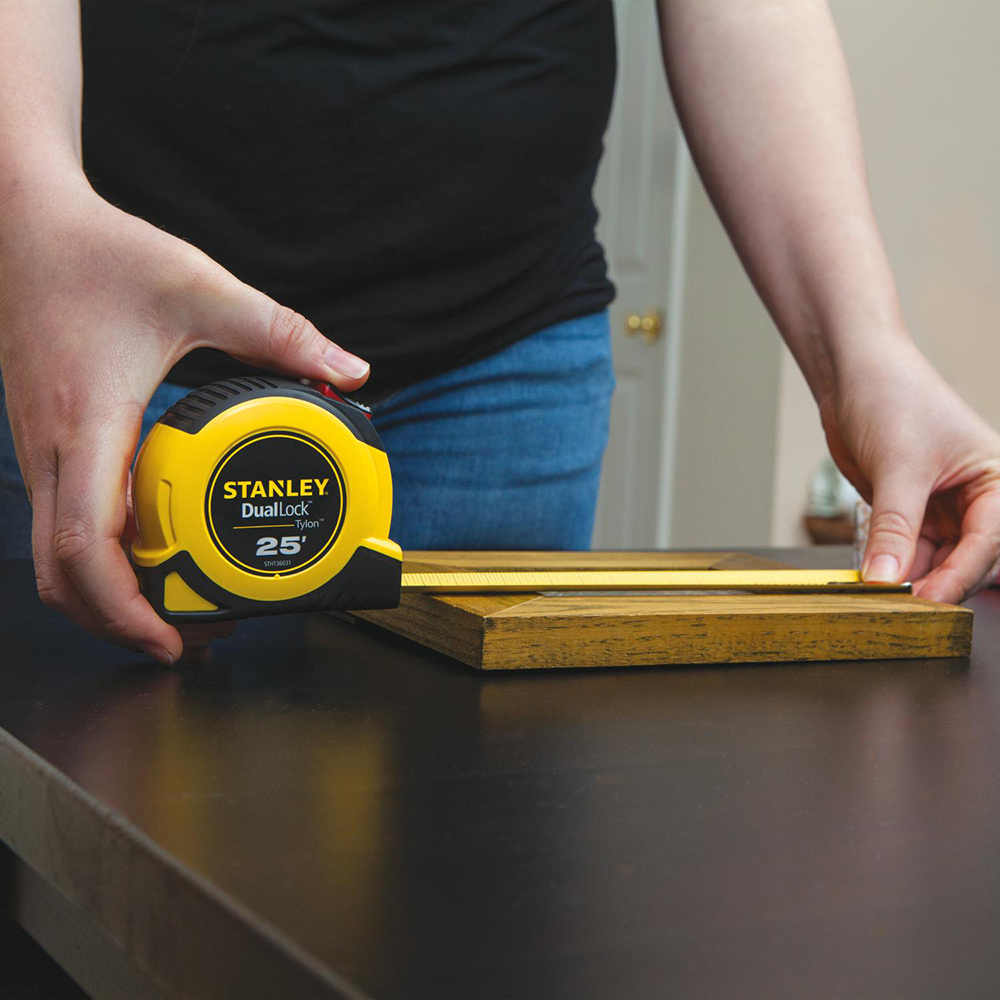
Published September 25, 2023
A tape measure is a common tool used by many. From DIYers to contractors, a quality measuring tool is vital. There are several types of tape measures with a variety of features. This guide will help you choose the best tape measure for your toolbox.
Table of Contents
Types of Tape Measures
Cased Tape Measures
Open Reel Tape Measure
Diameter Tape Measure
Sewing Tape Measure
Features for Best Traditional Tape Measures
Types of Tape Measures
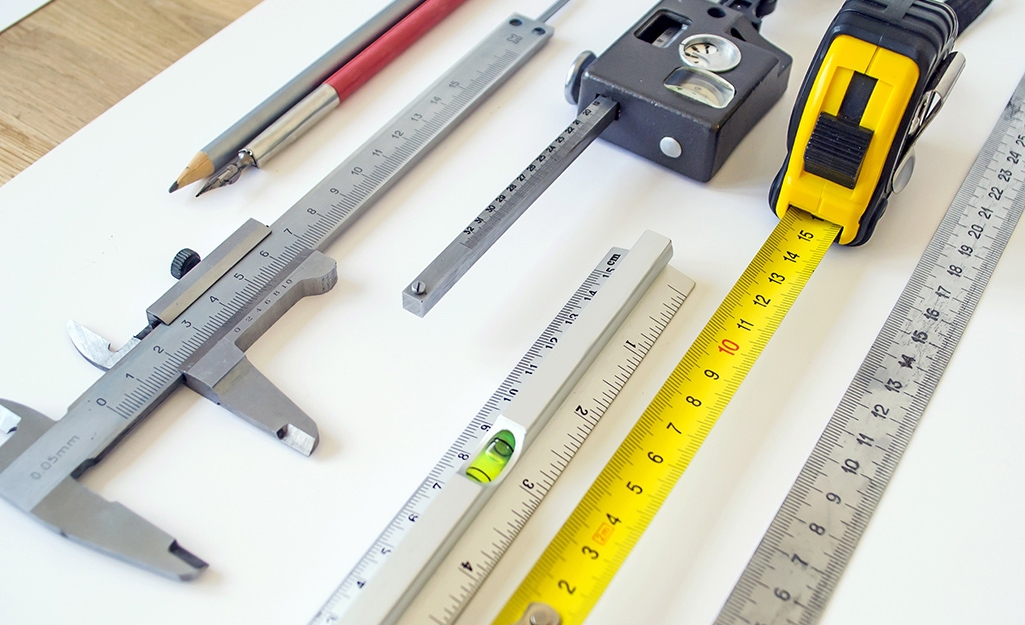
Unlike rulers, tape measures utilize flexible material. They can be cloth, metal or fiberglass ribbon. They come in varying lengths and feature measurement markings. There are four basic types of tape measures:
- Cased tape measures
- Long or open-reel tapes
- Diameter tape (D-tape)
- Sewing tapes
Cased Tape Measures
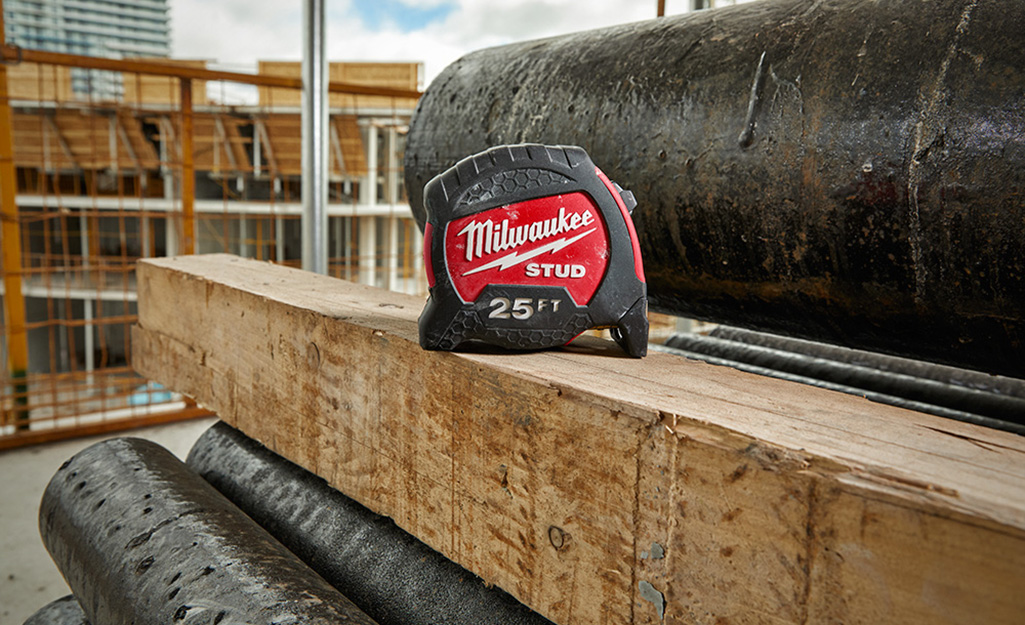
This classic 25-foot measuring tape can be used by home DIYers and contractors. They are retractable, featuring a spring mechanism to recoil the blade. Its compact and portable design makes this tape measure type a must-have tool. It's great for installing shelving, hanging pictures and general woodworking.
Open Reel Tape Measure
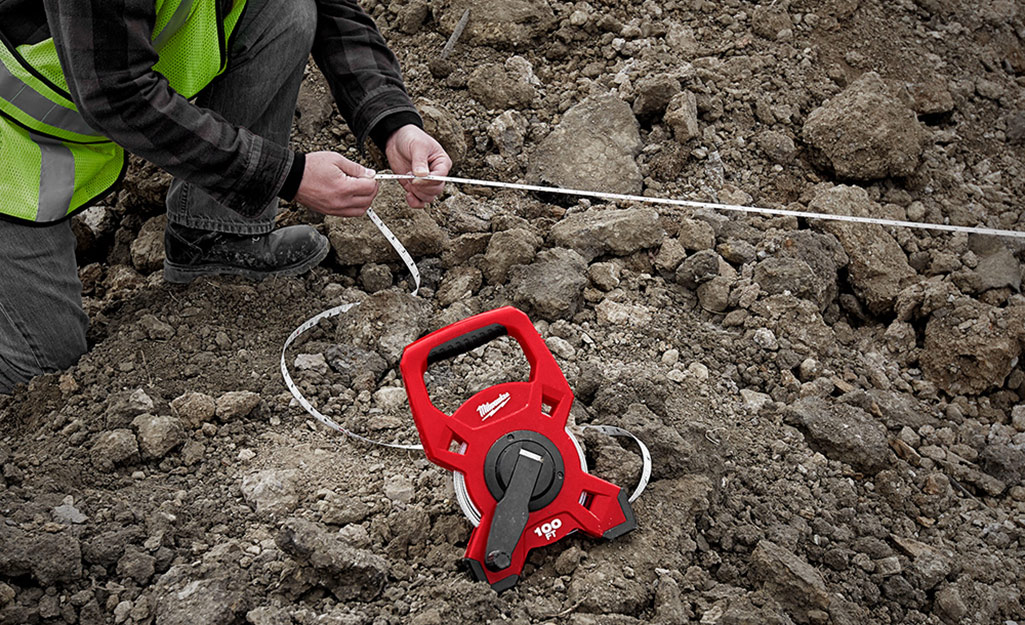
An open reel measuring tape has no spring mechanism to coil the blade. It's generally used by contractors. It uses a hand-crank method to roll up the blade. It's often made of coated fiberglass. It's a long tape measure that is best for measuring far distances. With measurement markings in feet and meters, their lengths range between 25 and 500 feet. Some have bottom spikes for increased stability when measuring ground distance. For large areas or distances, most experts will opt for a measuring wheel.
Diameter Tape Measure
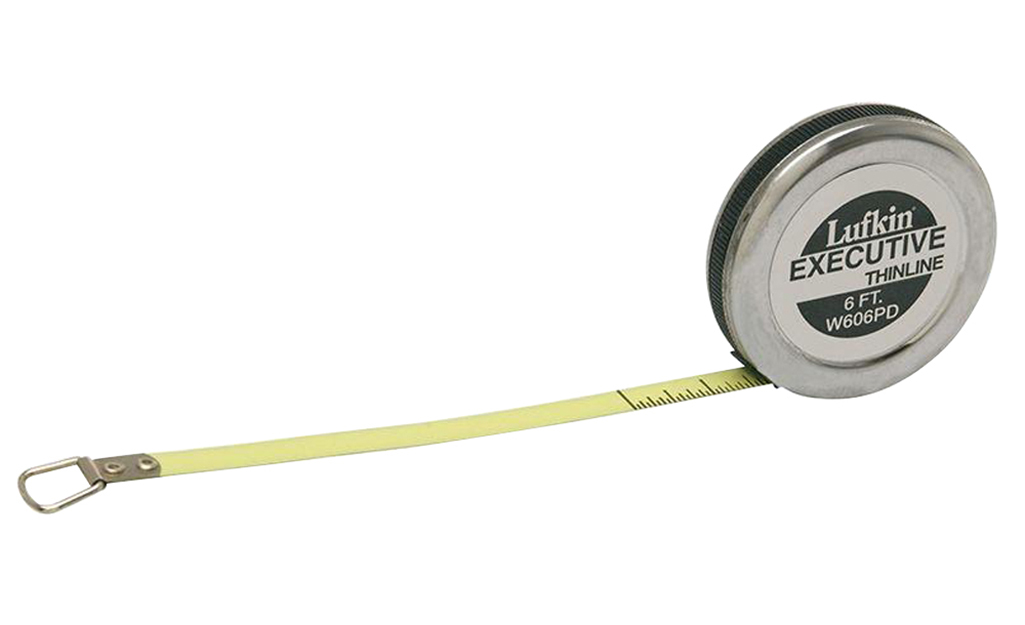
Similar to case tapes, a diameter tape (D-tape) has a flexible blade. It can easily wrap around pipes and poles. It provides an accurate measurement using pi. Pi is the ratio of a circle's circumference to its diameter. D-tapes are for measuring a cylindrical object. Their lengths vary from 12 inches to 50 feet.
Sewing Tape Measure
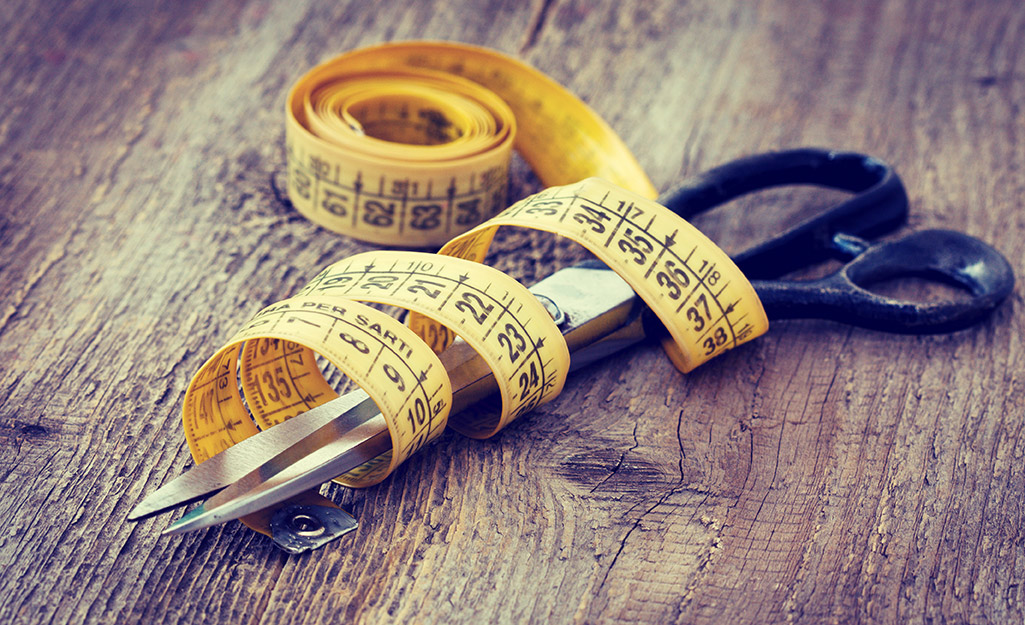
Also known as a tailor's tape, sewing tapes are ultra-flexible. They mold easily to the body. They are used for accurate measurements for clothing design and alterations. They range in length from 60 to 120 inches. They also have both imperial and metric measurement markings.
Features for Best Traditional Tape Measures
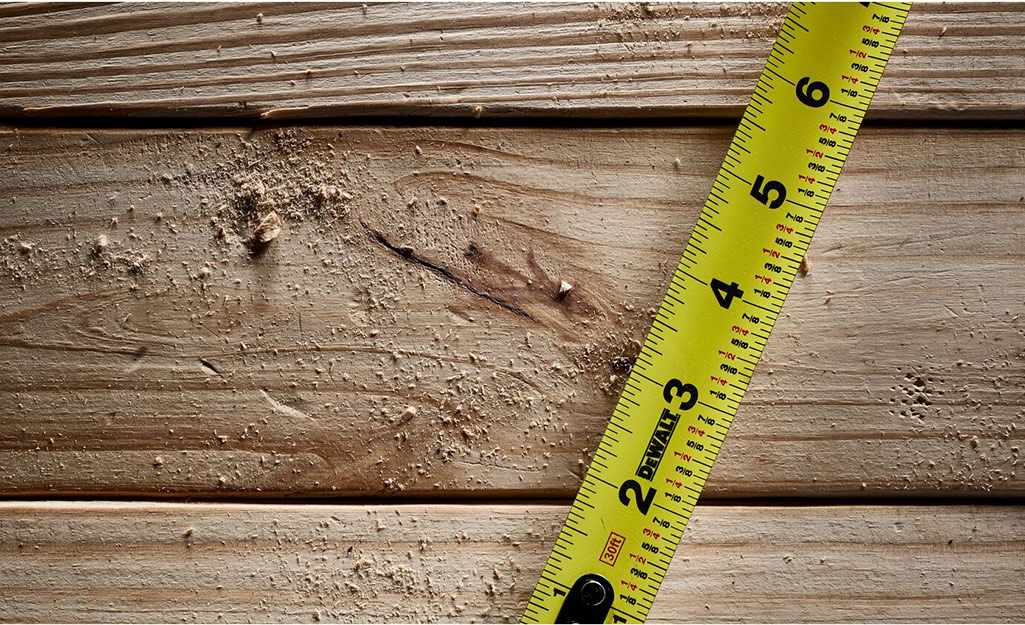
No matter what type of measuring tool you need, they have similar attributes. Here are some features to consider when selecting a tape measure:
- Length: What length you choose depends upon what you plan to use it for the most. The most common length of a tape measure is 25 feet long. This distance will cover most of your DIY measuring needs. For hobbyists that do small projects, a short tape would probably be ideal. Short tapes run up to 12 feet long. For measuring on a large scale, you will need a long tape. Long tapes encompass almost all tapes over the length of 33 feet or more.
- Measurement Markings: These are the number increments you see along your tape's blade. Look for markings that are clear and easy to read. The tape measure will have imperial measurements (inches, feet). Or, it'll have a combo of imperial and metric (centimeters, millimeters). Other markings on the tape measure will have red bars. These are for noting 16-inch intervals, which are stud markings.
- Blade material: There are three common blade materials. They are steel, stainless steel and fiberglass. Steel blades are durable, practical and economical. Stainless steel blades will not corrode. They're great for those working in wet or muddy environments. But, they do cost more than regular steel blades. Fiberglass blades are typically used in long tape measures. This is due to their high tensile strength, pliancy and heat/abrasion resistance.
- Case material: Pay attention to the body material. Tape cases should be constructed of high-quality material. Common ones are impact-resistant plastic, stainless steel or rubber.
- Hook: A tape measure's hook is the small part at the very tip of the blade. It's also known as the 'tang.' This allows the user to hook the tape in place onto an object. The hook is essential to almost all tape measures (except for tailor/long tapes). The majority of hooks are made from metal (steel or stainless steel). Some can be made from plastic. Some hooks are occasionally coated partially in rubber for added grip. There are also magnetic hooks which are useful for measuring on metallic. Also, look at the orientation of the hook. Tapes will have hooks facing up or down, although most have a downward orientation.
- Belt clip/holder: Cased tape measures have clips. They are for attaching the tool to a tool belt or pocket. The clip is typically made of steel or nylon. If you are not a fan of belt clips, they are removable. Or, you can purchase a clipless one.
- Auto-lock: This feature allows the tape to lock. It holds the tape at a fixed point when extended. Auto-lock is helpful when working alone or in tight spaces. It prevents the tape from getting bent or damaged when taking measurements. With a press of a button, the blade will shorten or fully retract. Just pick your desired length and lock the tape in place.
- Standout: This is the distance a tape measure's blade can be extended. It's the length before it bends or snaps. The longer the standout, the better the tape measure. A tape with a long standout helps when you are working alone. It's also great for measuring long or tall objects. Quality blades should 'stand out' for 6 feet or further before bending.
Best Laser Tape Measures
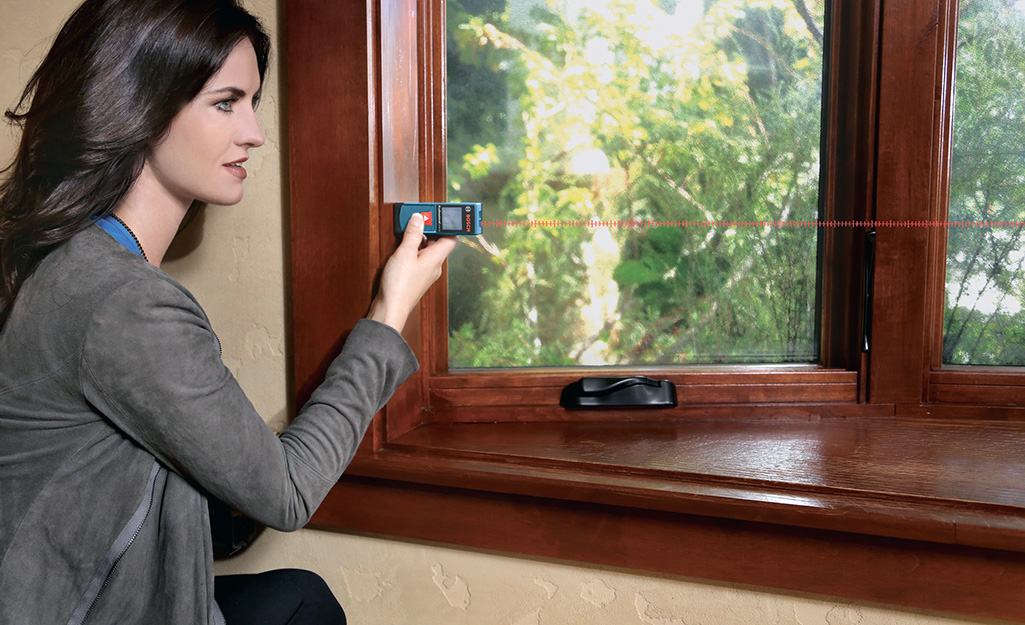
Laser tape measures are alternatives to traditional case tape measures. They have a retractable tape like a traditional tape measure. But they also feature a laser guide. Laser tape measures are used to calculate distances of 50 feet or more.
Laser tape measures are generally used by contractors or insurance pros. They're also great for appraisers and flooring installers. If you do a lot of measuring on a daily basis, you might like it. Laser tape measures are normally quicker to use than the traditional ones. They are also generally more accurate. The laser can calculate distance within 1/8 to1/2-inch accuracy. They are subject to user error, or movement while measuring. For that reason, we do not recommend use for precision carpentry work.
Best Digital Tape Measures
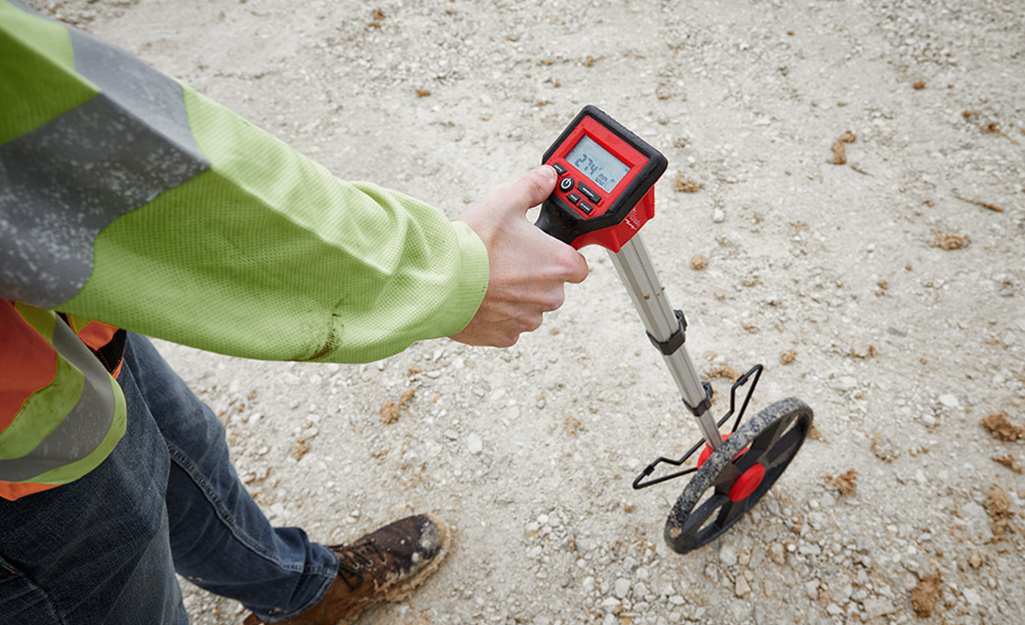
Digital tape measures come in a variety of styles. They are great for long-distance measuring. They all feature a laser and a digital readout screen. This type of tape measure is more accurate compared to other tape measures. But, they cost significantly more. They can calculate distance, area and determine level with ease. They also store the measurements on the device, so you can retrieve it later.
For surveyors or builders, high-tech options come with Bluetooth connectivity. This helps for sharing measurements to iOS and Android smartphone apps. This is especially helpful when you are working alone. Digital tape measures are great for hi-tech DIYers or pros.
Get your project done right with the best tape measure. Looking for the best tape measurer to complete your project? The Home Depot delivers online orders when and where you need them.

































